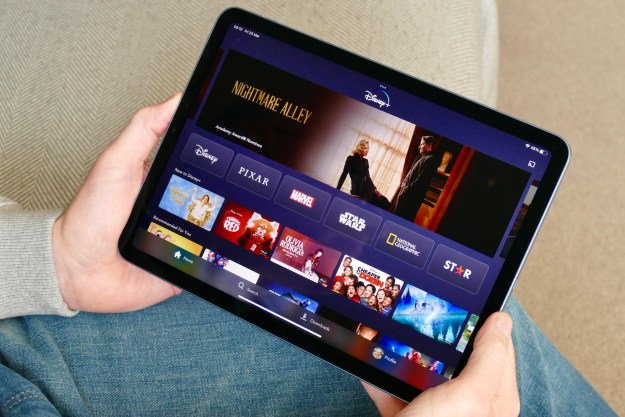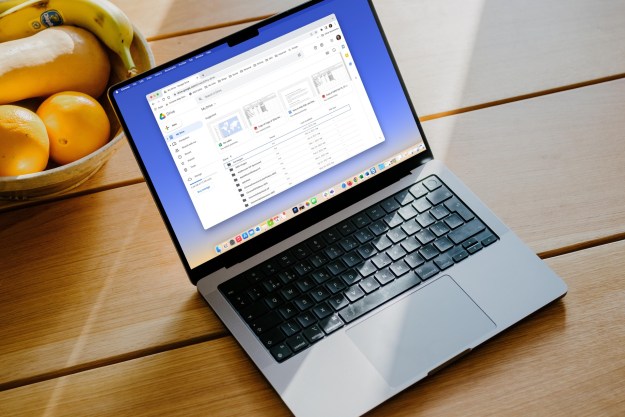Step foot inside a Bitcoin mine, and the first thing you’ll probably notice is the temperature. Depending on what part of the facility you’re standing in, it’ll either be baking hot or freezing cold.
In our case, it was the latter. After descending down a very utilitarian plywood staircase and making our way through a series of locked doors, we emerged in a concrete-floored room where you could see your breath. This was partially because it was winter in Northern Washington state and therefore naturally cold, and partially because there was a giant cooling system blasting frigid air at us from across the room.
It was basically like stepping into a sauna.
We were in the server room: The part of the building where shelves full of highly specialized computers, known as Application Specific Integrated Circuits (ASICs), work round the clock to mine bitcoin. They do this by solving extremely difficult math problems, and all that work tends to make them get really, really hot. The solution, of course, is to supply them with a steady supply of cold air to prevent them from overheating.
The second thing we noticed was the noise. In addition to the large cooling system that blasts chilly air around the warehouse, each individual ASIC unit has its own fan, spinning feverishly and putting off a high pitched whine. Together, they build to a thunderous white noise that you have to yell over to communicate with the person standing next to you.
After shouting questions at our tour guide in the rather boring server room (it’s really just a bunch of blinking lights, whirring fans, and jumbled cables) long enough for our fingers to go numb, our guide decided it was time to warm up. We dipped through a heavy door haphazardly fitted into a wall of insulation.
It was basically like stepping into a sauna. This part of the facility, our guide explained, was where they vented all of the hot air from the servers and pumped it out of the building. You could feel the heat coming off each ASIC, which felt like a blow-dryer set to high. We conveniently used it to warm up our frozen hands before it was whisked away and blown into the grey winter skies of Wenatchee.
Almost all the profits gained from the facility we visited are used to buy new equipment
The third thing we noticed was the lack of employees. The whole facility was a ghost town. We were the only people there. Our guide — the guy who owns the place — explained that he employs just two on-call technicians who stop by only whenever something needs to be fixed. Once everything is set up, cryptomines like this one apparently require very little upkeep.
Most of the company’s manpower, we’re told, is dedicated to off-site expansion projects on the other side of town, where a handful of other mining facilities are currently under construction.
Since the bitcoin mining algorithm typically becomes more difficult as more miners come online, this endless expansion is the name of the game. Almost all the profits gained from the facility we visited are used to buy new equipment that can mine more bitcoin — and do it faster and more efficiently than before.
Where does it stop? Nobody knows. But if things keep going at the current pace, the last Bitcoin will be mined around 2,150.




